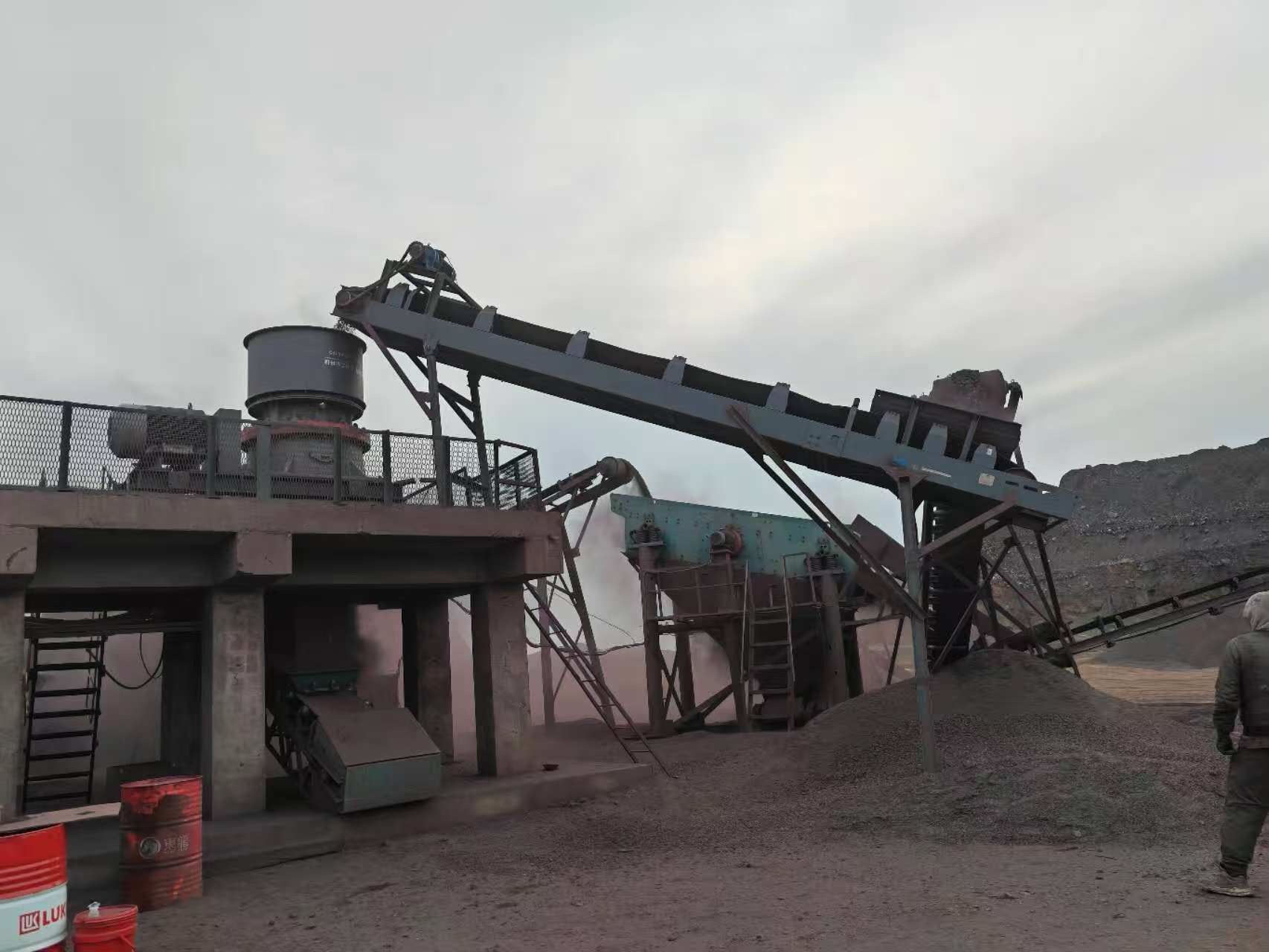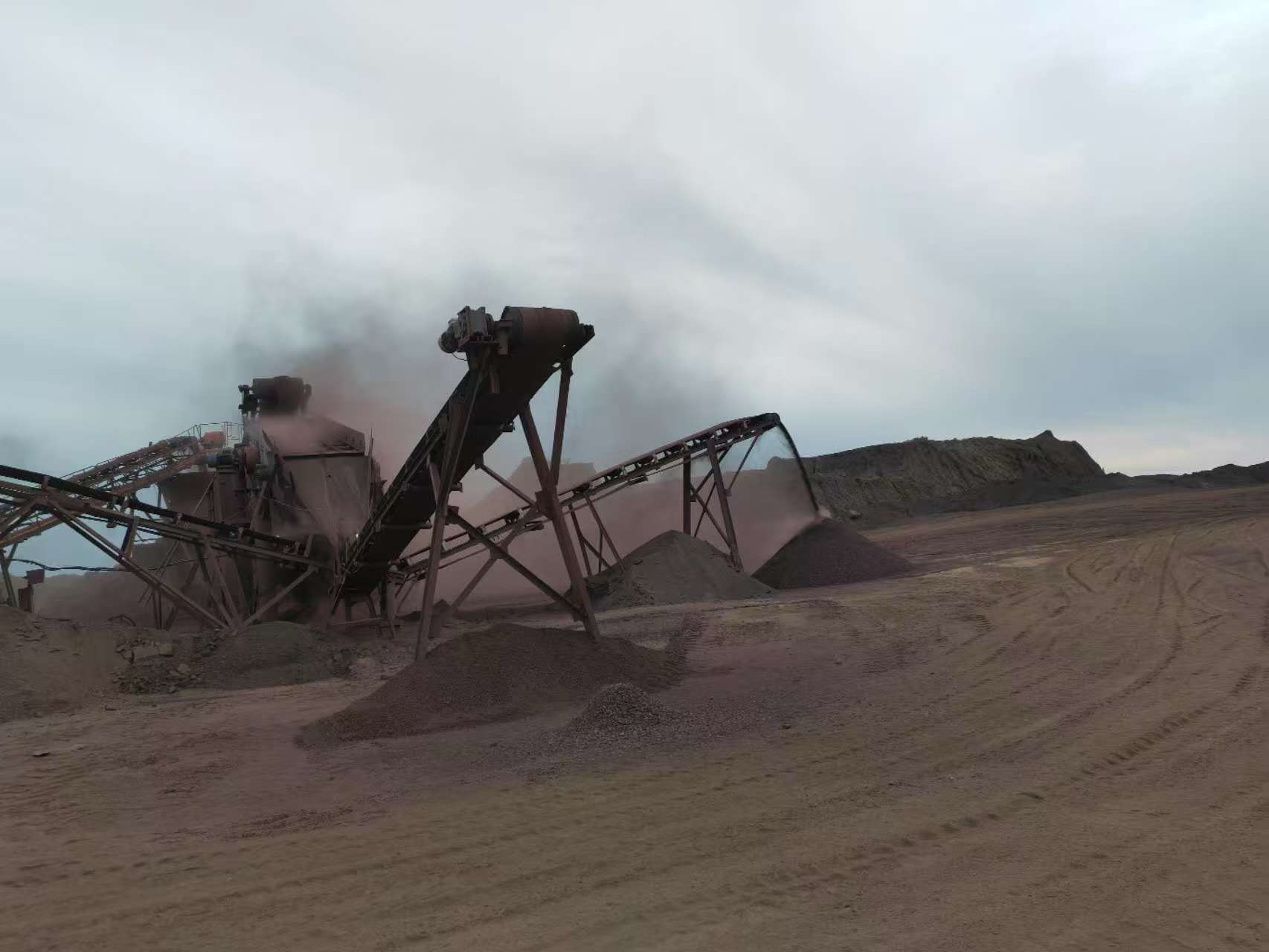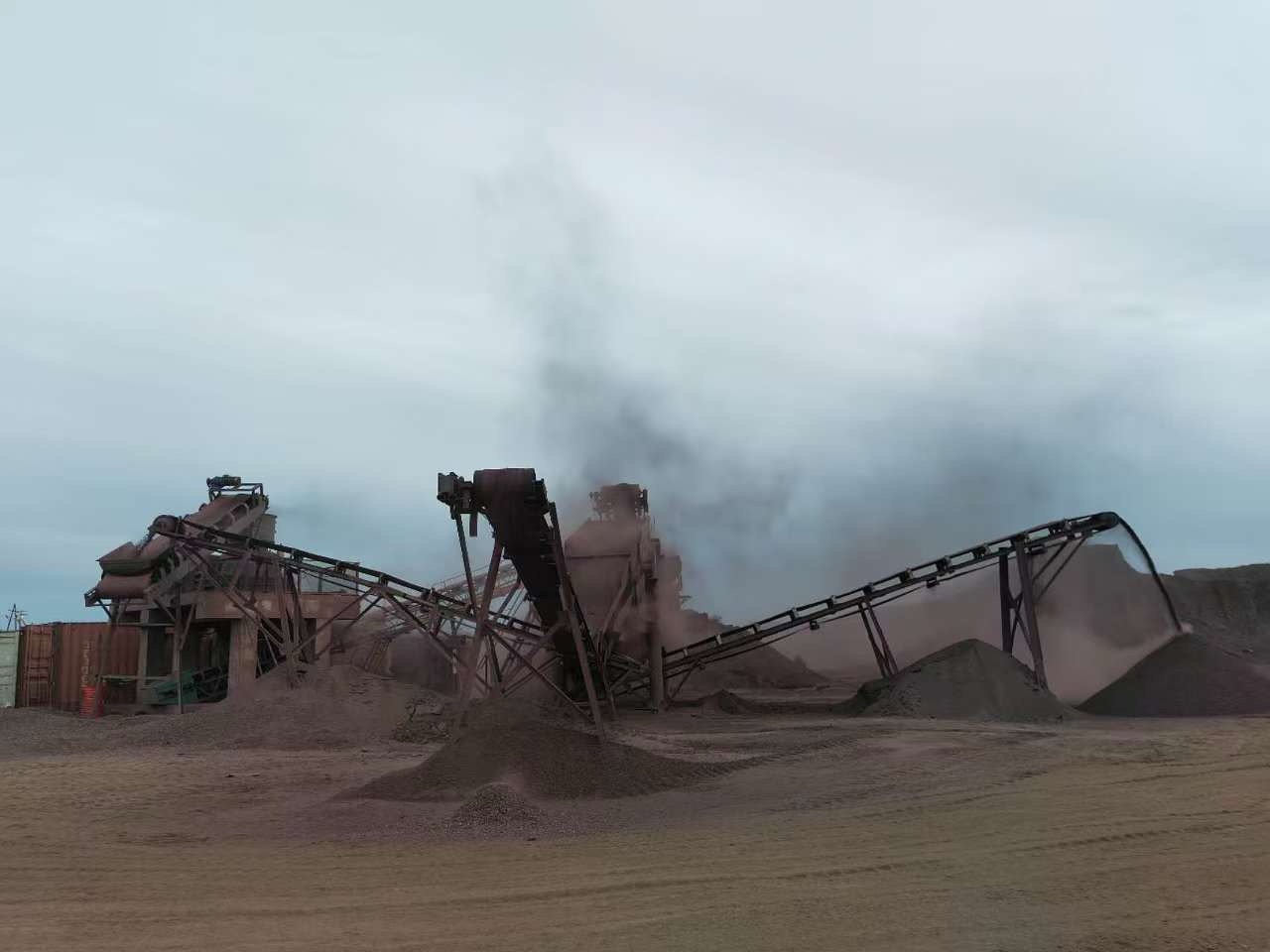A concise, practical guide for quarry managers and engineers seeking efficient, robust cone crushing solutions for Ethiopian basalt. This article explains principles, key parameters, selection advice, project cases and operational metrics to support investment decisions.
A cone crusher is a compression crusher used for secondary, tertiary and quaternary crushing. It reduces feed by squeezing rock between a mantle and a concave. Cone crushers suit hard volcanic stones, like basalt, with Mohs hardness near 6–7. Basalt needs heavy-duty liners and steady feed for stable results.

The mantle gyrates eccentrically inside a concave, creating compressive cycles. The CSS (closed side setting) sets minimum gap and final size; OSS is the maximum gap. Eccentric throw, speed and chamber profile control reduction ratio and product shape.
Crushing ratio commonly 4:1 to 6:1. CSS and OSS determine gradation. Chamber types (coarse/medium/fine) match product needs. Speed must match chamber; typical shaft speeds vary with frame size. Motor power is sized to cover continuous load plus spikes, commonly with 10–20% safety margin.
Cones use oil-lubricated bearings or hydrostatic supports. Drives include belts or direct gears. Filtration and oil quality are critical; monitor oil temperature and contamination. Liner change intervals typically fall between 2,000–4,000 hours, depending on abrasivity.
Ethiopian basalt tends to be dense and abrasive. Pre-screen to remove fines below 10–15%. Choose high-manganese liners, and protect electrics in wet seasons. Track ambient dust and temperature to adjust maintenance schedules.
Typical feed top size 80–250 mm; product P80 10–40 mm depending on CSS. Single medium cones commonly deliver 100–300 t/h. Energy use for crushing often falls near 0.6–1.2 kWh/t. MTBF for well-kept machines often exceeds 3,000 hours; common faults are liner wear and bearing overheating.
Answer: For 20 mm P80, set CSS ~12–18 mm; keep feed top size below three times CSS. Adjust CSS in 1–3 mm steps and monitor sieve curves.

Answer: Use vendor power curves and add 15% margin. Adjust throughput for rock bulk density and work index. For basalt, increase motor sizing slightly to offset abrasivity.
Answer: Choke feed, correct CSS, high-chrome liners, and optimize speed and throw. Frequent oil checks and vibration monitoring prevent hidden losses.
A quarry needed more 20 mm aggregate. SBM supplied a medium cone with fine chamber, 280 kW motor and adjustable CSS. With pre-screen at 80 mm and choke feed, throughput rose from 120 t/h to 220 t/h. Downtime fell 18%. Client praised simple controls and quick liner swaps during the 6-week installation and commissioning.
A contractor required 40 mm base. SBM provided a coarse chamber cone with 160 kW drive and staged feed. Stable P80 at 38–42 mm achieved. Operator training and local spare stocking reduced errors and shortened maintenance windows.
Step 1: Set product P80 and feed top size. Step 2: Choose chamber. Step 3: Size motor with 10–20% margin. Step 4: Pilot test CSS. Step 5: Install monitoring. This reduces risk and aligns CAPEX and OPEX.
Ensure foundation flatness and correct alignment. Commission with instrumented runs for vibration, oil temperature and current. Train local teams on liner change, bearings and oil sampling. Stock liners, filters, belts and bearings as critical spares.
CAPEX varies by capacity and options. Proper selection and operation usually enable payback through lower downtime and energy savings within 18–36 months, at typical utilization.

Example calculation: required continuous power equals throughput times specific energy. For 200 t/h at 0.8 kWh per tonne, energy demand = 200 × 0.8 = 160 kW. Add 15% design margin, final motor size = 160 × 1.15 = 184 kW. Size drives and switchgear accordingly. This method keeps safety and avoids undersizing.
Track these KPIs: throughput (t/h), P80, CSS, energy per tonne, oil cleanliness, liner wear rate (mm per month). Use target thresholds and alarms. For example, flag if energy per tonne rises by 10% while throughput drops. That indicates wear or packing.
Checklist: foundation levelness, electrical protection, lubrication system, belt tension, feed hopper geometry, and training. Validate with a 72-hour run and log vibration, temperature and current every shift. Resolve anomalies before full production.
Choose liners by manganese alloy grade and expected wear life. High chrome and Mn13Cr2 are common choices for basalt. Tailor liner profile to chamber and keep spare sets on site. Regularly measure liner thickness and document wear patterns.
Implement spray bars, sealed conveyors and dust collectors. For rainy months, provide covers and rapid drainage. These measures protect bearings and electronics, and prolong lubricant life.
If you plan a pilot or full installation, SBM can provide site measurement, detailed layout and a proof-run. We offer training and spare kits.

| Parameter | Range | Unit |
|---|---|---|
| Feed top size | 80-250 | mm |
| CSS | 6-40 | mm |
| Throughput (medium cone) | 80-300 | t/h |
Q1: Can one cone handle all stages? A1: Usually not; cones fit secondary/tertiary roles. Q2: What spares to stock? A2: Liners, bearings, oil filters and belts. Q3: How to handle rain? A3: Add drainage, seal controls and change feed to avoid packing.
This guide offers concise, practical advice for basalt crushing in Ethiopia. SBM supplies tailored cones, commissioning teams and training. Contact SBMfor site assessment and pilot testing.
Whatsapp:+8617329420102
Email: [email protected]
Address: No. 1688, Gaoke East Road, Pudong new district, Shanghai, China.
Online Service : Get Price
We value your feedback! Please complete the form below so that we can tailor our services to your specific needs.
